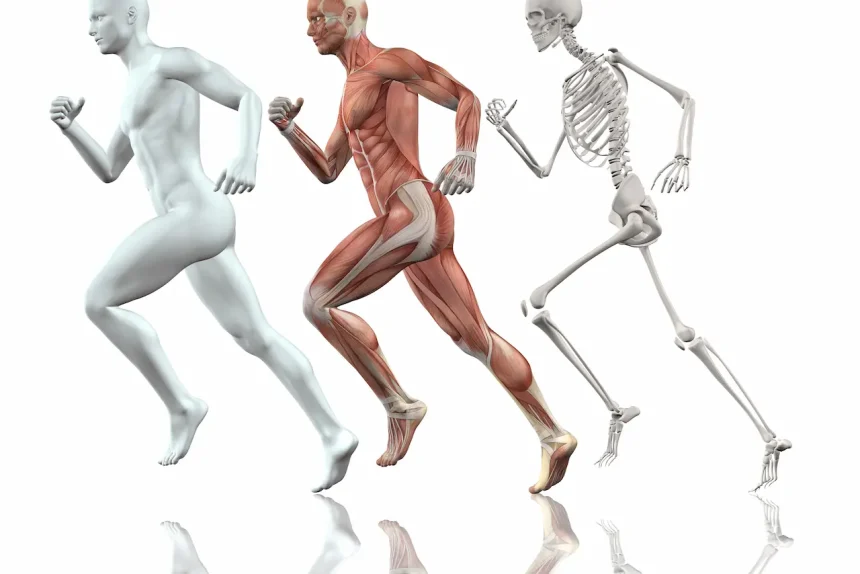The muscle chart provides detailed insights into the origin, insertion, action, and nerve supply of various muscles critical for NBCOT® exam preparation. Understanding these components is essential for mastering human anatomy and physiology. For instance, the Pectoralis Major originates from the medial half of the clavicle and sternum, and its primary action is horizontal adduction supplied by the medial and lateral pectoral nerves.
Cranial Nerves Quiz with Innervations and Origins
Quizzes on the cranial nerves can sharpen your understanding of their origins and innervations, such as how the accessory cranial nerve innervates the Trapezius muscle for the action of shrugging the shoulders. In our full guide, explore interactive quizzes covering all cranial nerve innervations.
C6 Myotome Muscles
The C6 myotome is crucial for wrist extension and involves key muscles like the Brachialis and Brachioradialis. Understanding the C6 myotome is essential for assessing upper limb functionality following a brachial plexus injury.
C8 Myotome Action
C8 primarily facilitates finger flexion. This knowledge is instrumental for neurological assessments in clinical settings, ensuring accurate diagnosis and intervention planning.
Myotomes Grading
Grading myotomes involves assessing muscle function consistency at various spinal levels, such as C5 for elbow flexion. Proper understanding aids in identifying neural pathologies. For a comprehensive breakdown of grading techniques, access our member-exclusive content.
Elbow Flexion Myotome
The elbow flexion myotome involves the C5-C6 nerve roots, primarily assessed through the Biceps Brachii. This myotome plays a pivotal role in diagnosing conditions related to nerve root compressions.
Understanding the intricate details of muscle actions and their innervations is vital for the NBCOT® exam. Join our platform for complete access to muscle charts, quizzes, and study materials.
Want detailed practice tips to ace the NBCOT® exam? Join now for full access!
What role does the Pectoralis Major play in muscle movement?
The Pectoralis Major is critical for horizontal adduction of the arm, originating from the medial clavicle and sternum, and is innervated by the medial and lateral pectoral nerves. This muscle is essential for mastering anatomy for the NBCOT® exam.
How can understanding cranial nerves improve my NBCOT® exam preparation?
Understanding cranial nerves, such as the accessory nerve’s role in innervating the Trapezius muscle for shoulder shrugging, strengthens your knowledge for the NBCOT® exam. Interactive quizzes on these nerves can enhance your anatomical understanding.
Why is the C6 myotome important in upper limb assessments?
The C6 myotome is vital for wrist extension, involving muscles like the Brachialis and Brachioradialis. Recognizing its significance aids in assessing upper limb functionality, especially post-brachial plexus injuries.
What is the primary function of the C8 myotome?
The C8 myotome primarily facilitates finger flexion, crucial for neurological assessments. This knowledge assists clinicians in accurate diagnoses and intervention planning in clinical settings.
How is elbow flexion assessed in myotome grading?
Elbow flexion is assessed through the C5-C6 roots, mainly via the Biceps Brachii muscle. This myotome is essential for diagnosing conditions like nerve root compressions, reflecting its importance in neural pathology identification.



